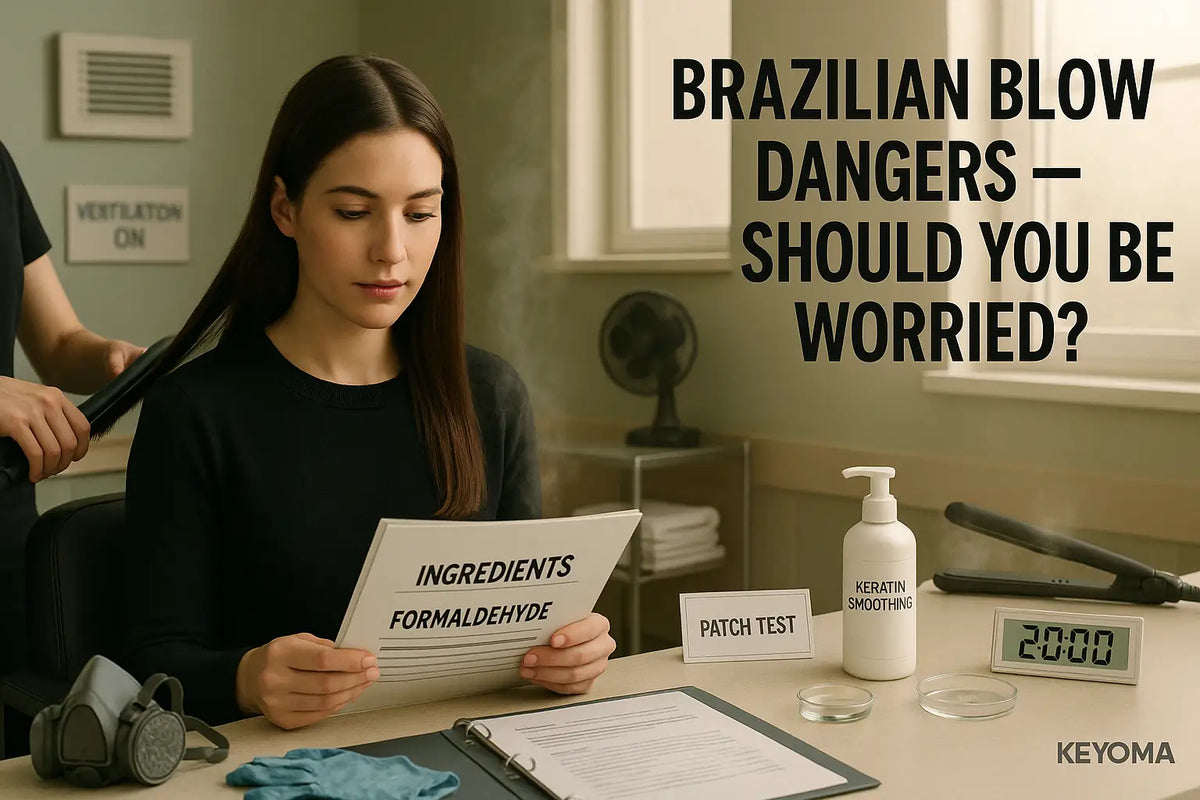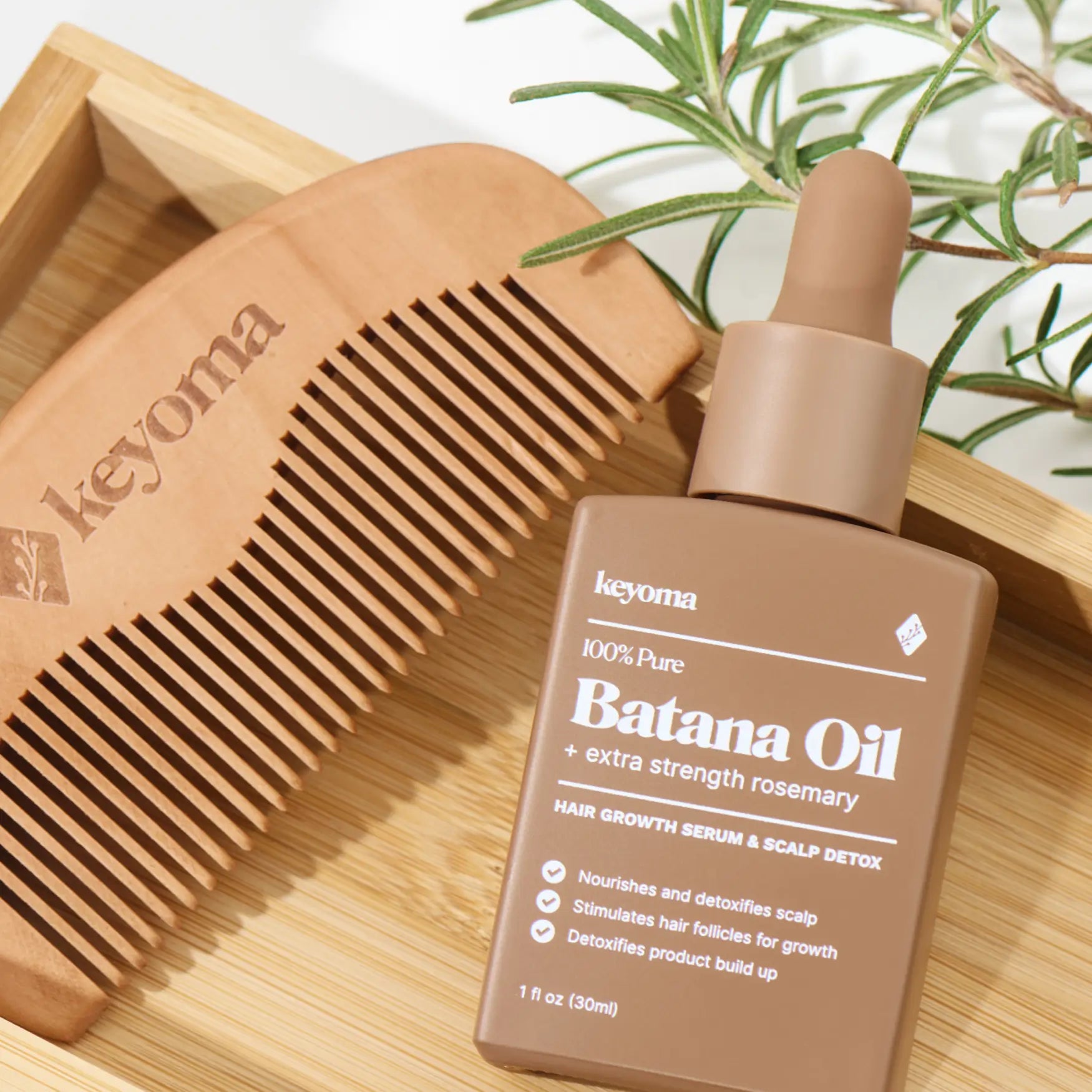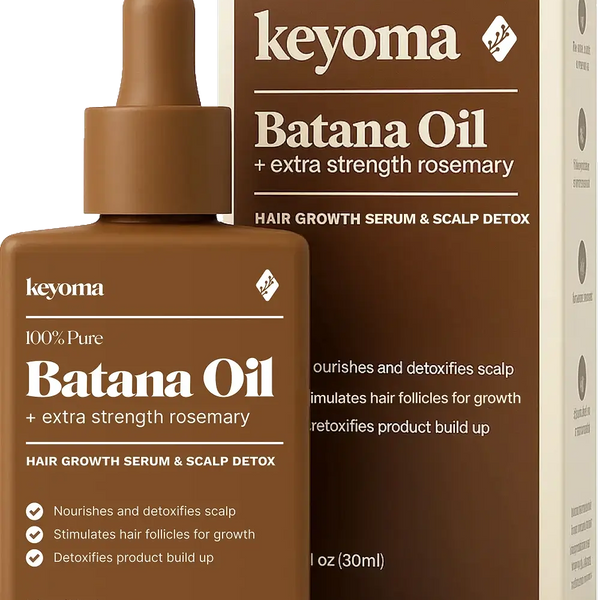Last updated
Oct 08, 2025
Is a Brazilian Blowout Safe? What to Know Before You Book
Published on
Oct 08, 2025

In this article
Brazilian blowouts promise smoother, shinier, less frizzy hair. Researchers also point out that some chemicals used in these services may affect your health.
This salon smoothing service is also called a Brazilian keratin treatment or BKT, and Brazilian Blowout is one brand version. Other keratin-based straightening services can carry similar concerns.
Key Takeaways
-
Brazilian blowouts may contain formaldehyde or releasers, and agencies warn of cancer risks.
-
Heat from blow-drying and ironing releases fumes that can irritate eyes and airways.
-
Treatment can weaken hair shafts, causing breakage, dryness, patchiness, and possible shedding.
-
Safer alternatives include natural texture routines and gentler treatments, with reduced exposure when proceeding.
What is a Brazilian Blowout?
A Brazilian blowout is a professional smoothing process that started in Brazil and aims to give your hair a glossy, frizz-reduced, healthy look for up to three months.
Your stylist applies a liquid keratin formula, then blow-dries and flat irons your hair. The heat sets a protective coating around each strand, which can reduce frizz, help preserve color, and shield against daily wear.
If you want easier styling and calmer ends, it’s convenient. Results aren’t permanent, and with good care you typically see about 10 to 12 weeks.
Does a Brazilian Blowout Use Formaldehyde?
Yes. Some Brazilian blowouts include formaldehyde or ingredients that release formaldehyde, which raises safety issues.
First, formaldehyde is classified as carcinogenic. Even small amounts matter, so review the possible health effects. Another concern is that the process changes the cuticle and cortex, which may leave hair looking damaged once the coating wears off.
There are ways to smooth and add shine without this service. For example, keratin-infused products and glossing treatments can offer short-term smoothing at a salon or at home in your shower.
Is a Brazilian Blowout Safe?
The honest answer is mixed. Many people get Brazilian blowouts without obvious problems, yet the presence of formaldehyde means you should weigh the risks before you book.
Major health groups, including the American Cancer Society and OSHA, warn about formaldehyde exposure from hair-smoothing services. It’s a known carcinogen, and studies link higher exposure to increased risks of leukemia and nasopharyngeal cancer.
So while the hair results can be striking, potential health effects from formaldehyde exposure are real and deserve careful consideration.
Side Effects of a Brazilian Blowout
The Food and Drug Administration (FDA) notes that Brazilian blowouts and similar hair-smoothing products can cause serious side effects.
Symptoms show up more often in stylists and others who work with these formulas frequently.
You may react during the appointment, or symptoms may start hours or even days later.
Reported side effects include:
-
headache
-
lightheadedness
-
trouble breathing
-
nausea
-
vomiting
-
chest discomfort
-
itching
-
skin rash
-
burning scalp
-
blisters
-
irritation in the nose or throat
-
red, stinging eyes
-
watery eyes
-
nosebleed
Stylists typically blow-dry and flat iron to seal the keratin during a Brazilian blowout.
Heat releases chemicals into the air, creating hot fumes. If you have asthma or you’re sensitive to strong odors, that exposure may trigger wheezing.
Long term, these services may also be rough on your hair. Some people report issues after straightening treatments, including:
-
breakage
-
dry, brittle strands
-
shedding
-
patchy thinning
Potential Risks of a Brazilian Blowout
A comparison study reported that the Brazilian Blowout brand solution contained 11.5 percent formaldehyde, nearly three times the level measured in three other keratin treatments.
Formaldehyde and formaldehyde-releasing agents are harmful. The National Toxicology Program states that formaldehyde is a known human carcinogen.
Brazilian blowouts are relatively new—first sold in 2006—though formaldehyde has been flagged as hazardous since 1980.
A report from Brazil documented skin reactions after treatments. Seven people developed scalp rashes following a Brazilian blowout.
Others developed eczema-like rashes and blisters on the scalp, face, neck, upper arms, and even the upper chest and back. Researchers concluded that chemicals in the solutions can cause significant skin and scalp reactions that resemble drug responses more than allergies.
With enough exposure, formaldehyde may increase the risk of certain cancers, including leukemia and cancers of the nasal passages.
Can a Brazilian Blowout Cause Hair Loss?
Hair loss isn’t typical, but it can happen—especially if your hair is already fragile. High heat and strong chemicals may weaken the hair shaft, leading to breakage that looks like shedding. If you notice significant loss after a treatment, talk with a medical professional.
How to Stop Hair Loss After a Brazilian Blowout
Most post-treatment loss stems from heat damage and breakage. Pause all chemical services and focus on gentle, nourishing hair-care products to help your strands recover.
Build a simple routine with safer formulas. Choose sulfate-free cleansers, use rich masks regularly, and add a sealing oil. Keyoma’s Batana Oil with Rosemary can support shine and softness without relying on harsher chemicals.
Protect your hair during any heat styling. Work a small amount of batana oil through damp mids and ends before you use tools, which helps buffer high temperatures and lowers the chance of further damage. I noticed fewer snags when I used a single drop on damp ends.
Alternatives to a Brazilian Blowout
Considering the risks, you may prefer other options. You can embrace your natural pattern with a smart routine that controls frizz and adds shine without chemical straighteners, starting with products that reduce frizz and improve slip.
Another route is to choose gentler smoothing services. Results may be less dramatic than a Brazilian blowout, but they’re typically easier on your hair and health. For example, DIY masks made with familiar ingredients can hydrate and smooth without salon chemicals.
In general, pick safe, well-made products that support your hair’s natural look instead of relying on harsh treatments.
Choose Safer Smoothing: Start a Low-Exposure Routine This Week with Keyoma
Choose your path with safety in mind. If you still want a smoothing service, lower exposure: get the ingredient list in writing, confirm strong ventilation, ask for fewer flat-iron passes, book the first morning slot, and leave if your eyes sting.
If you have asthma, scalp issues, or recent shedding, skip the service and switch to weekly clarifying plus a rich mask, then use a light oil for slip and shine. Heat drives the fumes in these services, and regulators document headaches, breathing problems, and delayed reactions after exposure.
For safer routines, policy updates, and ingredient checklists, visit the Keyoma Hair Care blog.
Featured Product
100% Pure Batana Oil + Rosemary
Learn more about Batana Oil
Your Cart
Your Cart is empty
Let's fix that
You might like...
Search our store








